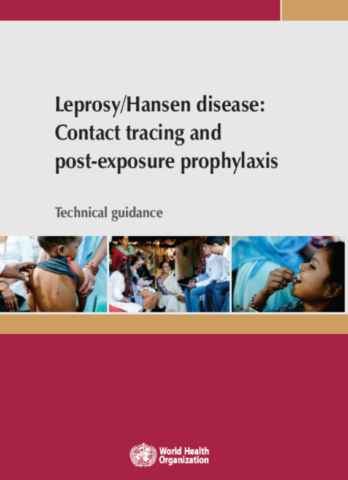Ending the neglect: WHO NTDs Roadmap 2021-2030
Ending the neglect to attain the Sustainable Development Goals: a road map for neglected tropical diseases 2021-2030 was adopted by the World Health Assembly in November 2020. It had been drafted through an extensive global consultation that began in 2018.
WHO has issued an 8-page summary of the Roadmap which outlines the main global targets and strategies. The overarching targets are ambitious:
- 90% reduction in people requiring interventions against NTDs
- 75% reduction in disability-adjusted life years related to neglected tropical diseases
- 100 countries eliminate at least one NTD
- 2 NTDs are eradicated
Perhaps even more important are the cross-cutting targets, which come in four categories: integrated approaches, multi-sectoral coordination, universal health coverage and country ownership. An important principle is the shift from single-disease approaches to person-centred, integrated multi-disease approaches. For leprosy, which is one of the twenty NTDs, an especially important cross-cutting target is that, by 2030, 40 countries will implement integrated skin-NTD strategies. Also significant are the universal health coverage targets, which are that 90% of countries will include and budget for NTD interventions in their package of essential services, and 90% will have guidelines for management of NTD-related disabilities within national health systems.
We now have the consensus and the commitment of every country to work in an integrated, cross-cutting manner in tackling all the neglected tropical diseases” said Dr Ren Minghui, WHO Assistant Director-General for Universal Health Coverage, Communicable and Noncommunicable Diseases. “To do so effectively, and as drivers and beneficiaries, countries must change their operating models and culture to facilitate greater ownership of programmes. Smarter investments and high-level political commitment are required to reduce the social impact and economic consequences imposed by these diseases.”
Leprosy is one of the diseases targeted for elimination, in terms of interruption of transmission. This is a major advance from the previous, often misunderstood, target of ‘elimination as a public health problem’. The global target is that by 2030, the number of countries with zero new autochthonous leprosy cases will rise from 50 to 120.
The WHO NTD Roadmap 2021-2030 will be launched on 28 January 2021. The draft global leprosy strategy, which was the subject of a major consultation in October, aligns with the targets and principles of the NTD Roadmap, and will be launched at around the same time.



